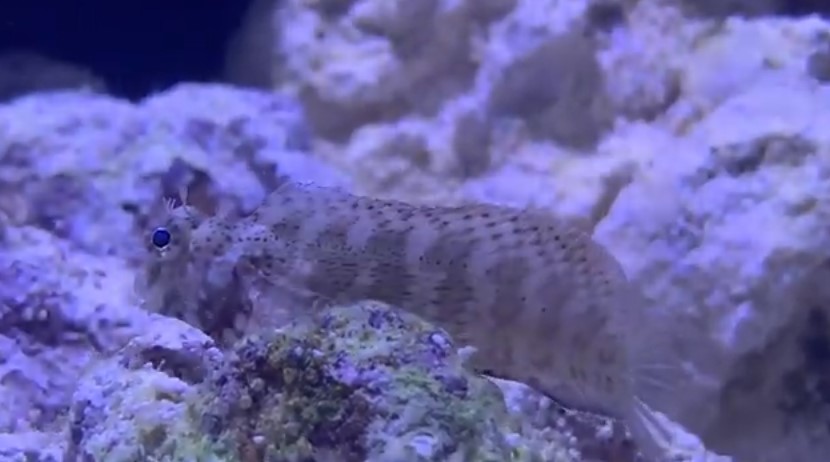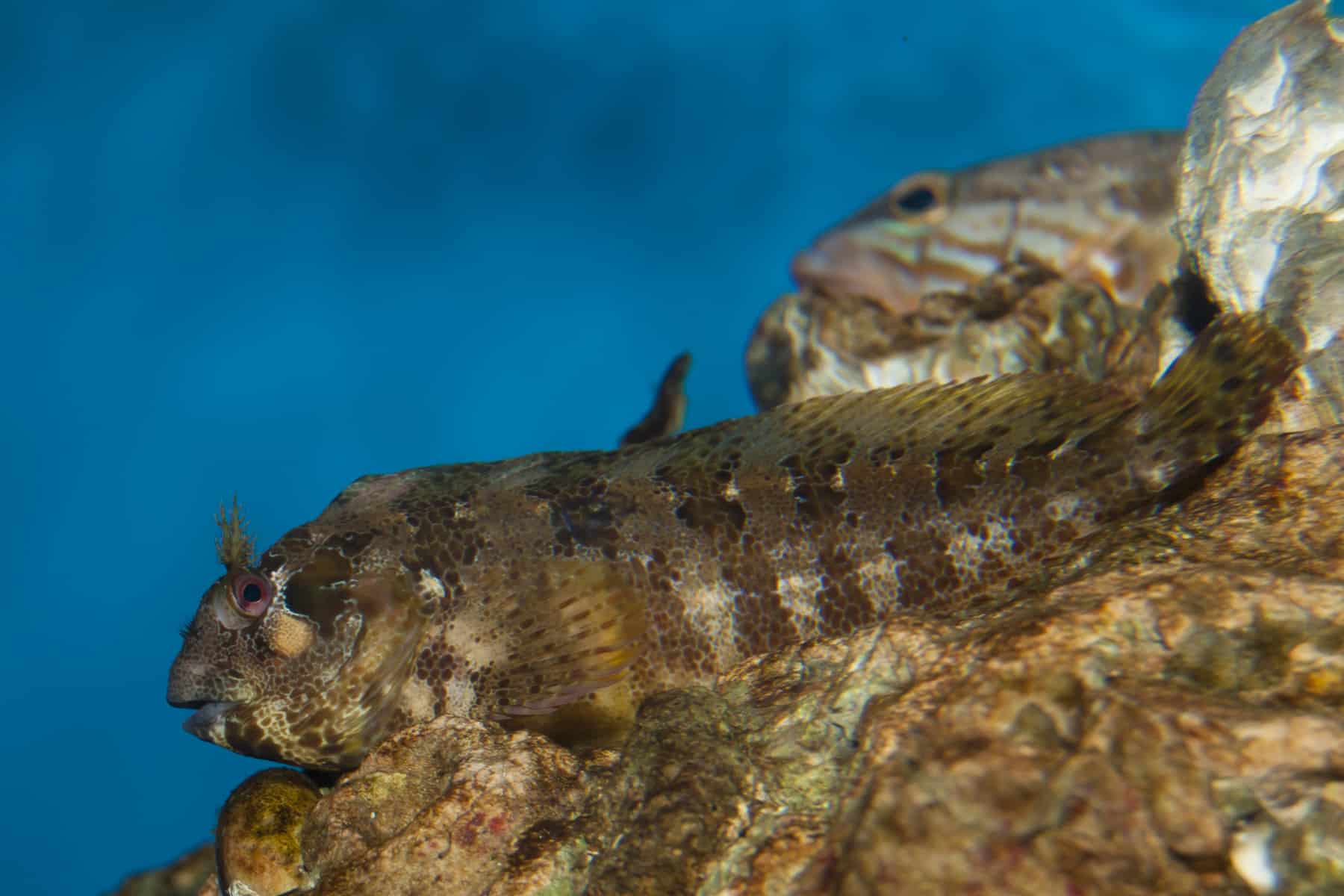Lawnmower Blenny
The lawnmower blenny (Salarias fasciatus) is a fascinating little fish that is popular among marine aquarium enthusiasts. With its unique appearance and interesting behavior, the lawnmower blenny has become a sought-after addition to many saltwater tanks. In this article, we will explore the various aspects of the lawnmower blenny, including its appearance, habitat, behavior, care requirements, and more.
What is a lawnmower blenny?
The lawnmower blenny, also known as the jeweled blenny or algae blenny, is a species of blenny fish that is native to the Indo-Pacific region. It belongs to the family Blenniidae and is commonly found in coral reefs and rocky coastlines.
Appearance
The lawnmower blenny is a small fish, typically reaching a maximum length of about 5 inches (12 cm). It has a slender and elongated body, with a rounded head and a single dorsal fin that extends the length of its back. One of the most distinctive features of the lawnmower blenny is its mouth, which resembles a beak and is used for scraping algae off rocks and other surfaces.

The body coloration of the lawnmower blenny can vary, but it usually has a mottled or marbled pattern with shades of brown, black, and white. It may also have vertical bands or stripes that run along its body. These patterns provide camouflage and help the fish blend in with its surroundings.
Habitat
Lawnmower blennies are primarily found in the warm tropical waters of the Indo-Pacific region. They inhabit coral reefs, rocky coastlines, and other areas with plenty of crevices and hiding spots. They can be found at depths ranging from shallow reefs to deeper waters.
In their natural habitat, lawnmower blennies are often seen perched on rocks or coral, where they feed on various types of algae. They are known to be territorial and will defend their chosen spot from other fish and even divers or snorkelers who get too close.
Behavior
One of the most interesting behaviors of the lawnmower blenny is its feeding habit. As its name suggests, the lawnmower blenny spends a significant amount of time grazing on algae. It uses its unique mouth to scrape algae off rocks and other surfaces, thus helping to control algae growth in the aquarium. This behavior makes the lawnmower blenny a valuable addition to reef tanks, as it can help prevent algae blooms.
Apart from their algae grazing behavior, lawnmower blennies are generally peaceful and can coexist with a variety of fish species. However, they can be territorial and may become aggressive towards other blennies or fish with similar body shapes. It’s essential to provide enough hiding spots and territories when keeping lawnmower blennies in a community tank.
Care requirements
If you’re considering adding a lawnmower blenny to your saltwater tank, it’s essential to ensure that you can meet their care requirements. Here are some key factors to consider:
1. Tank size: A minimum tank size of 30 gallons is recommended for a single lawnmower blenny. If you plan to keep multiple blennies or other fish, a larger tank with plenty of hiding spots and territories is necessary.
2. Water parameters: The ideal water temperature for lawnmower blennies is between 72°F and 78°F (22°C to 26°C), with a pH level of 8.1 to 8.4 and a specific gravity of 1.020 to 1.025.
3. Tank setup: Lawnmower blennies require plenty of hiding spots and climbing surfaces in the form of live rock or reef structures. This will allow them to establish territories and find shelter when needed. It’s also important to provide ample algae growth for them to graze on.
4. Diet: As mentioned earlier, lawnmower blennies are primarily herbivores and feed on various types of algae. However, they can also be supplemented with high-quality herbivorous marine pellets or flakes. It’s essential to provide a varied diet to ensure their nutritional needs are met.
5. Compatibility: Lawnmower blennies are generally compatible with a variety of fish species, as long as they aren’t overly aggressive or similar in shape. It’s best to avoid keeping them with aggressive species or other blennies, as they may clash and become territorial.
Breeding
Breeding lawnmower blennies in captivity can be challenging, as they have specific requirements and behaviors. The males typically guard the eggs until they hatch, and the fry go through a pelagic larval stage before settling in a suitable habitat. It’s often recommended for experienced marine breeders.
Frequently Asked Questions
Q: Can I keep lawnmower blennies in a reef tank?
A: Yes, lawnmower blennies can be kept in a reef tank as long as there are enough hiding spots, territories, and algae growth for them to graze on. However, they may nip at or damage small-polyped stony corals or other delicate invertebrates, so caution is advised.
Q: Are lawnmower blennies compatible with other fish?
A: Lawnmower blennies are generally peaceful and can coexist with a variety of fish species, as long as they aren’t overly aggressive or similar in shape. It’s essential to observe their behavior and provide enough hiding spots and territories to prevent territorial disputes.
Q: Do lawnmower blennies jump out of the tank?
A: While lawnmower blennies are not known for being jumpers, it’s always a good idea to have a secure aquarium lid or cover to prevent any accidental escapes. This is especially important if you have an open-top tank or if the blenny is prone to stress or aggressiveness.
Final Thoughts
The lawnmower blenny is a unique and interesting fish that can make a valuable addition to a saltwater aquarium. With its algae grazing behavior and peaceful nature, it not only adds visual interest to the tank but also helps to control algae growth. By providing the right environment and meeting their care requirements, you can enjoy the beauty and benefits of this remarkable little fish. So why not consider adding a lawnmower blenny to your marine tank and see it thrive in its natural habitat?






